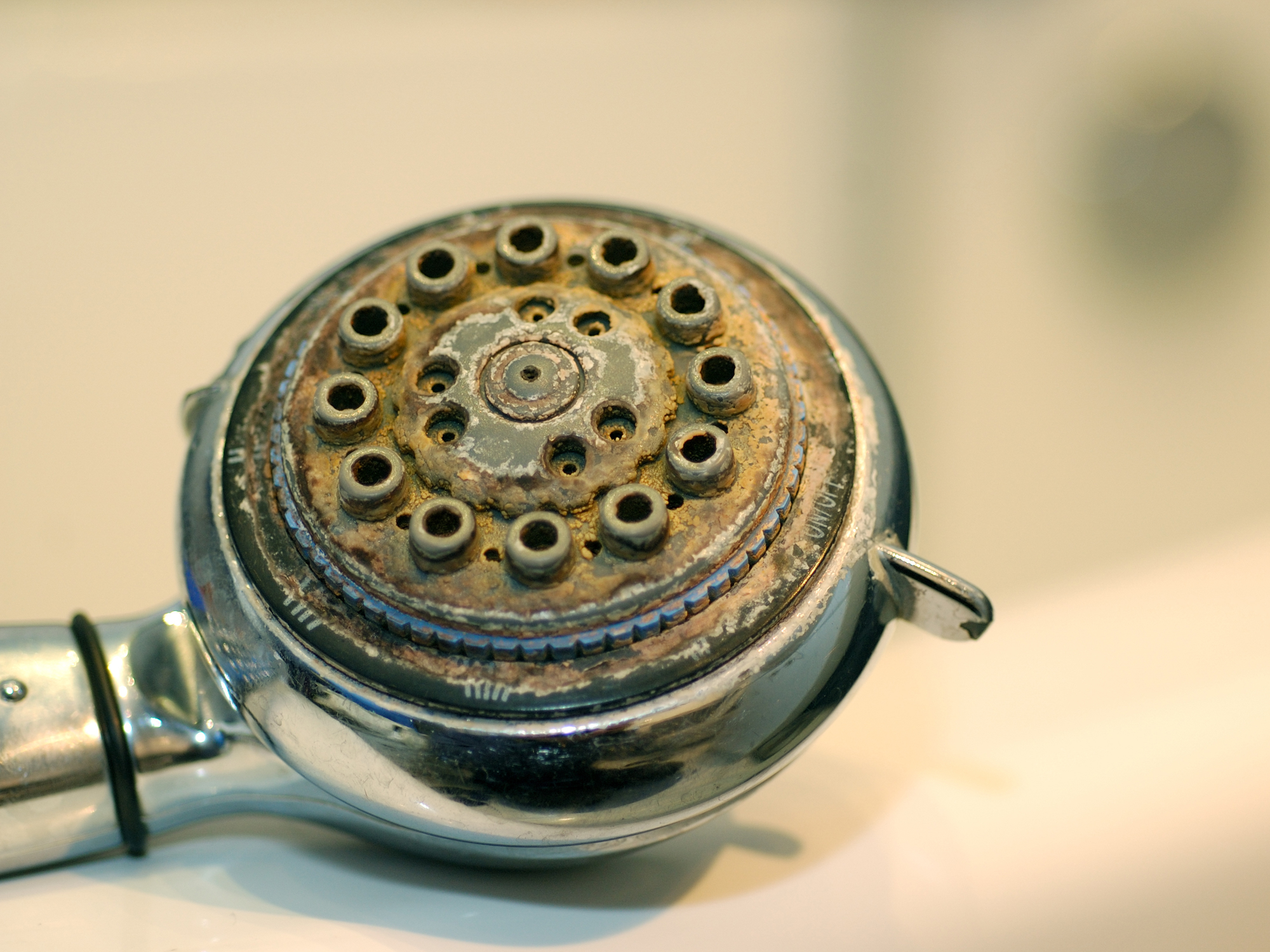Get Easy Health Digest™ in your inbox and don’t miss a thing when you subscribe today. Plus, get the free bonus report, Mother Nature’s Tips, Tricks and Remedies for Cholesterol, Blood Pressure & Blood Sugar as my way of saying welcome to the community!
Yeast, fungi and mold, oh my!

Yeast, fungi, and molds are all very closely related; they are basically different forms of the same organism type…
Yeasts are solitary cells that reproduce by budding, and then called fungi. Fungi can occur as yeasts or molds (or a combination).
For this discussion, think of mold as the fungi that grow in food or in moist environments, such as rotting food and dark, damp building locations.
There are thousands of known mold species. They all require moisture in order to grow, but not sunlight to flourish like other plant life (photosynthesis). Instead, they feed directly on organic material (heterotrophy) and then their “digestive” enzymes decompose it.
If you are routinely indoors near a moldy/musty smell, dampness, or obvious mold growth, then you should take note of your health because some molds are known human pathogens.
That’s why it’s important to know the signs and symptoms of mold mycotoxins and how to heal from a mold-related illness.
Symptoms of mold exposure
I used to simply cut off the moldy portions, and continue enjoying the chunk of cheese for many more days. Not to worry though, because your stomach acid will quickly destroy mold. However, when mold is inhaled, it can be hazardous to your health. The same goes for mold spores and mycotoxins.
A pubmed.com search for mycotoxins reveals 42,641 scientific articles. Molds that produce mycotoxins can cause symptoms of these general body organ tissues: lungs, immune system, nervous system. They can also contribute to the development of cancers.
Let’s look more at symptoms and diseases from mold exposure.
The scientific literature tells us that symptoms stemming from mold spore exposure may include:
- Nasal and sinus congestion
- Eye irritation
- Blurred vision
- Sore throat
- Chronic cough
- Skin rash
What’s more, mold-disease associations in humans have been described for centuries. The more dramatic ones are:
- Ergotism (from Claviceps species): convulsions, spasms, diarrhea, paresthesias, itching, mania, psychosis, headaches, or nausea. Also, you can lose your fingers or toes due to blood vessel constriction, swelling, numbness which then lead to “dry” gangrene.
- Alimentary toxic aleukia (from the T-2 toxin of Fusarium species): nausea, vomiting, diarrhea, leukopenia (low white blood cell count), hemorrhaging, skin inflammation, and sometimes death.
- Liver disease mortality (from Aspergillus): people with severe liver disease are at high risk for invasive Aspergillusinfections, which conferred a mortality rate of 72 percent in one study.
Yet, the most common mold types you deserve to be aware of are aspergillus, cladosporium and stachybotrys chartarum (also known as black mold).
The black mold is especially notable. Why? Because not only is it quite commonly found in damp buildings, but worse, it can release spores while it feeds on organic materials in drywall, carpet, insulation or even sub-flooring. These spores can cause serious long-standing symptoms if ingested or inhaled. The more common symptoms, however, are coughing, sneezing, eye irritation, rashes and headaches.
What about serious long-standing symptoms from this or other mold exposure?
In a study of 112 patients with Chronic Fatigue Syndrome, they tested mold toxins in their urine. They found that 93% of the patients were positive for at least one of three mycotoxins: aflatoxins, ochratoxin A and macrocyclic trichothecenes. Ochratoxin A was the most prevalent mycotoxin detected (in 83 percent of subjects). Ninety percent of these people indicated they were currently or had been exposed to a water damaged building. As a test control, they also previously tested 55 healthy control subjects (with no history of exposure to a water damaged building) by the same lab and methods, and found no positive tests.
Testing is not needed
The difficulty comes because at present there are no tests that can prove symptoms are directly caused by black mold and other tests for mycotoxins do not correlate well. Furthermore, reliable mold sampling can be expensive, while acceptable safe mold quantity has not been established.
All you really need to do is get rid of the mold (find tips, here), and treat symptoms the best way possible under your doctor’s care.
In my next article, I’ll discuss how best to get rid of molds from your building, and from your body after chronic exposure.
To reversing illness and feeling good,
Michael Cutler, M.D.
Sources:
-
Introduction to Mycology — Medical Microbiology. 4th edition.
-
Heterotroph — Wikipedia
-
Kuhn DM, Ghannoum MA. Indoor mold, toxigenic fungi, and Stachypotrys chartarum: infectious disease — Clin Microbiol Rev. 2003 Jan;16(1):144-72.
-
Mold — National Institute of Environmental Health Sciences
-
Piquemal R, Emmerich J, Guilmot JL, Fiessinger JN (June 1998). “Successful treatment of ergotism with Iloprost—a case report” — Angiology. 49 (6): 493–97.
-
T-2 mycotoxin — Wikipedia
-
Alimentary Toxic Aleukia (Septic Angina, Endemic Panmyelotoxicosis, Alimentary Hemorrhagic Aleukia) — Department of Comparative Medicine, Hebrew University-Hadassah Medical School,
-
Invasive aspergillosis in patients with liver disease — Medical Mycology
-
Brewer JH, Thrasher JD, Straus DC, Madison RA, Hooper D. Detection of mycotoxins in patients with chronic fatigue syndrome — Toxins (Basel). 2013 Apr 11;5(4):605-17. PubMed PMID: 23580077.
-
Kuhn DM, Ghannoum MA. Indoor mold, toxigenic fungi, and Stachybotrys chartarum: infectious disease perspective — Clin Microbiol Rev. 2003 Jan;16(1):144-72. Review. PubMed PMID: 12525430.
-
Facts about Stachybotrys chartarum and Other Molds — National Center for Environmental Health












